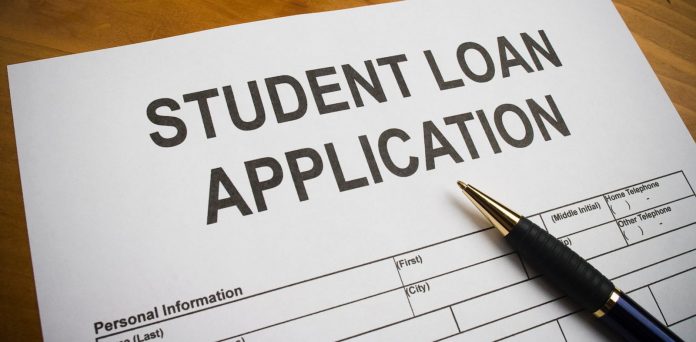The first thing you should definitely know about this topic is how there are two types of student loan consolidations-ones are private and the others are federal.
When it comes to private ones, those are most of the times connected with refinancing. Is there a difference between those two terms? Well yes, and students often get confused. Let’s make some things clear.
Table of Contents
How Student Loan Refinancing Works?
Student loan refinancing (also known as private student loan consolidation) is done through a private lender and offers you low-interest rates, while federal student loan consolidation is done together with the Department of Education. There, you are able to get in some repayment programs, but there is no option for getting a lower interest rate.
Okay, now when we have finally made things clear, let’s talk about some student loan and federal loan refinancing basics for a bit. What does refinancing mean in the first place? It means how you want to replace some multiple student loans you have with just one private lone.
Financial History Matters
The first thing that will be considered is definitely your financial history. The best advice would be to use a consolidation calculator, because in that case only, you will be able to compare the needed monthly payments under income-driven repayment plans, private student loan refinancing, and federal student loan consolidation.
The best thing here is how you are able to lower your interest rates.
Federal Loan Consolidation
When it comes to federal loan consolidation, you must know how they don’t have any credit requirement, but you won’t have an option to lower the interest rates.
The best would be to use these if you are in the student loan default or if you don’t need to lower your loan payment.
Choose such a repayment plan which suits your lifestyle. You are able to choose for how many years will you be paying it off-from 10 to even 30 years.




